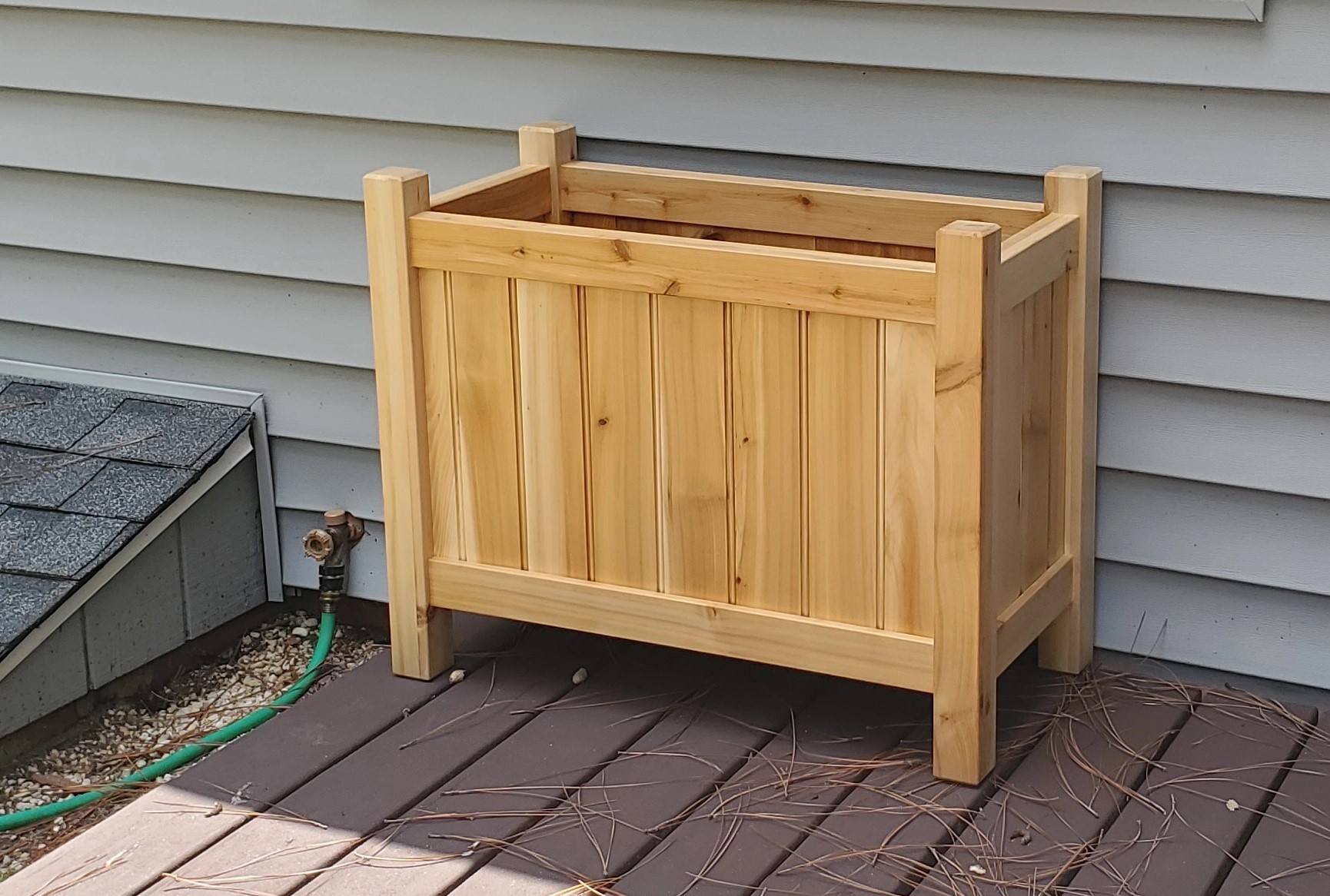

This will likely create a paradigm shift in joinery. Not just wood joining, either. Get ready to see skyscrapers get taller and bridges get longer.


This will likely create a paradigm shift in joinery. Not just wood joining, either. Get ready to see skyscrapers get taller and bridges get longer.
The developer is still active with their other main project, Uptime Kuma. So that’s good.


That’s good


There are two types, CMR and SMR. You can read online about the differences. CMR is better because SMR tries to be all fancy in order to increase capacity, but at the cost of speed and data integrity.
It won’t be front and center in the specs of a particular drive, but you usually find the info somewhere.
I wouldn’t worry about higher capacity failing sooner. If you have 10x4TB vs 2x20TB, that’s 5x as many drives to go bad. So a 20TB drive would need a 5x worse fail rate to be considered worse. A pro of larger (fewer) drives is lower power consumption. 5-10 watts per drive doesn’t sound like much, but it adds up.


Good question, and I’m curious what the experts say. Surely it depends on the software that handles DHCP.
I’ve always set static addresses in the DHCP address range and it has always been reserved and never assigned to other devices. I’ve used ASUS and MikroTik for what it’s worth.
If you’re the type to set static addresses on the devices themselves, then that would certainly increase the risk of a conflict if it’s inside the address range.


Aha. Well, I guess I’m not the target audience because I can’t be bothered to go through the installation steps. It’s not in the LMDE repository, but I wish it were!


Hmm, that’s not working for me. You mean use those as options? ‘ls -eza’?


I learned you can edit .bashrc (in your home dir) and update the alias for ls to include what I like. It has saved me lots of keystrokes. Mine is ls -lha in addition to whatever color coding stuff is there by default.
Black Olives (or green, either way).


I use them when warranted, which isn’t very often. I don’t think the avoidance of using swears is a religious thing, it’s a language/cultural thing. For some reason they’re just deemed “bad words”. They exist in almost all languages and cultures as far as I know.
A good friend of mine swears a lot unless kids are around. I don’t mind it, but he’s sort of “that guy” because of it. If he was someone I just met, I’d think he’s just a bit lowbrow and that’s about it. I wouldn’t think poorly of anyone because of it as long as their attitude is good.


Removed by mod


Removed by mod
We use a Ball jar. We reused it from some sort of food product (honey, maybe?) but you can buy them empty. I believe it’s the 32oz. size https://www.ballmasonjars.com/products/jars/canning-jars/ball®-mason-jars-lids%2C-regular-mouth/SAP_62000.html.
We use a plastic lid because the metal lids are janky.
A 12oz bag of coffee empties perfectly into it. It’s clear so it’s very easy to see how much you have left.


I used Plex for a long time but moved to Jellyfin after reading about the general direction Plex is going (trying to commercialize it, partner up with industry, make it more than just a self hosted media service).
Both have what you’re looking for.
I would say Plex is slightly easier and has the benefit of PlexAmp (available for Linux, Windows, and mobile).
That being said, Jellyfin is about the same ease to get set up, but it’s just a tad less polished, but in sort of a nice way. It feels more like “yours”, if that makes sense.
For both, I recommend hosting them in Docker, using Docker Compose, and using the LinuxServer version. LinuxServer maintains updated software, packaged in an easy to install format and they help you out with sample Docker Compose files and explanations to get things running.


We decided to not host any sort of Buy-Sell-Trade community on our hobby instance for this reason. It’s a small community so a lot of people know usernames of people they know and can trust. It’s very easy for a scammer to use someone’s username and say “I’ll sell you that thing! Send me $150!”.


Honest quetion, what’s a stan account?
Yeah true, an alert above a certain speed makes a lot of sense.
The dogs looks like it’s thinking “man, I just can’t seem to get away from this guy”.
That’s a hydraulic lifter, not a driveshaft. The bed was raised and hit the sign.
You mean like the one linked here? Or something with a specific URL like “killedbymozilla.com”?